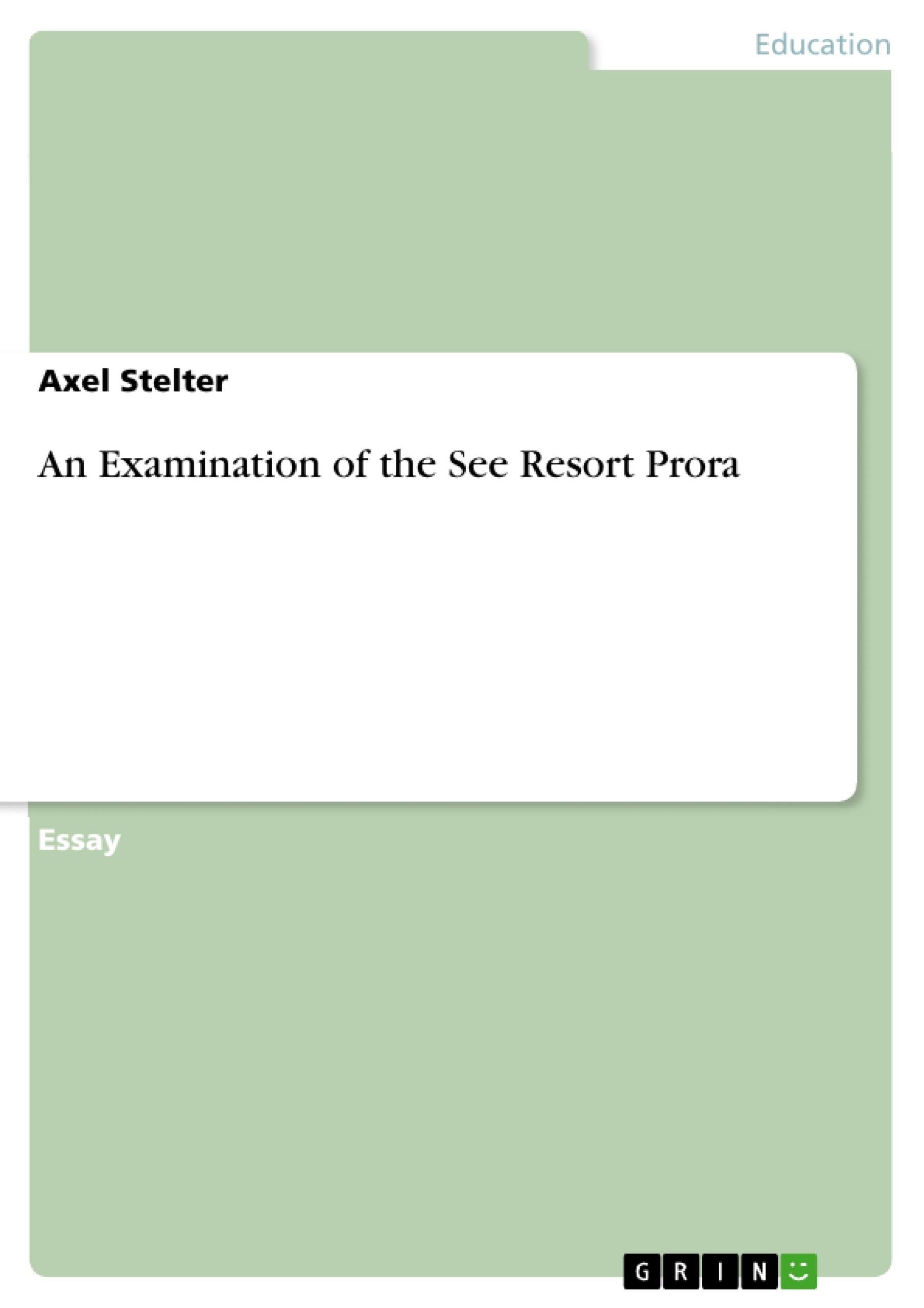This essay observes Prora in the context of the architecture during the time of the national socialism. Its focus is on the architectural scale, the style mixture and the architectural-sociological aspect of Prora.
Table of Contents
- An Examination of the Sea Resort Prora
- Aspects of Nazi Architecture
- The Scale Issue of "The Colossus"
Objectives and Key Themes
This paper explores the Prora sea resort, a colossal architectural project built during the Nazi era, in order to analyze its significance as a monument of Nazi architecture. It aims to identify the key features of Nazi architecture through the lens of Prora, including the influence of previous architectural styles and the use of scale to create a sense of power and intimidation.
- Nazi Architecture in Historical Context
- The Influence of Neo-classicism and Modern Architecture
- The Use of Scale and Dimension in Nazi Architecture
- The Role of Prora as a Monument of Nazi Ideology
Chapter Summaries
- This chapter provides an overview of the Prora sea resort, its history, and its current state. It establishes the context for the subsequent analysis of Nazi architecture.
- This chapter examines the broader context of Nazi architecture, tracing its roots in earlier architectural styles and exploring the ways in which it was used to express the ideology of the Nazi regime.
- This chapter focuses on the unique scale and dimensions of the Prora sea resort, demonstrating how this aspect of its design served to intimidate and overawe visitors.
Keywords
This examination focuses on Nazi architecture, its historical context, and the use of scale and dimension in architecture as a means of conveying power and ideology. The Prora sea resort serves as a key case study, illustrating the characteristics and contradictions of Nazi architecture.
- Citation du texte
- Axel Stelter (Auteur), 2008, An Examination of the See Resort Prora, Munich, GRIN Verlag, https://www.grin.com/document/92252



